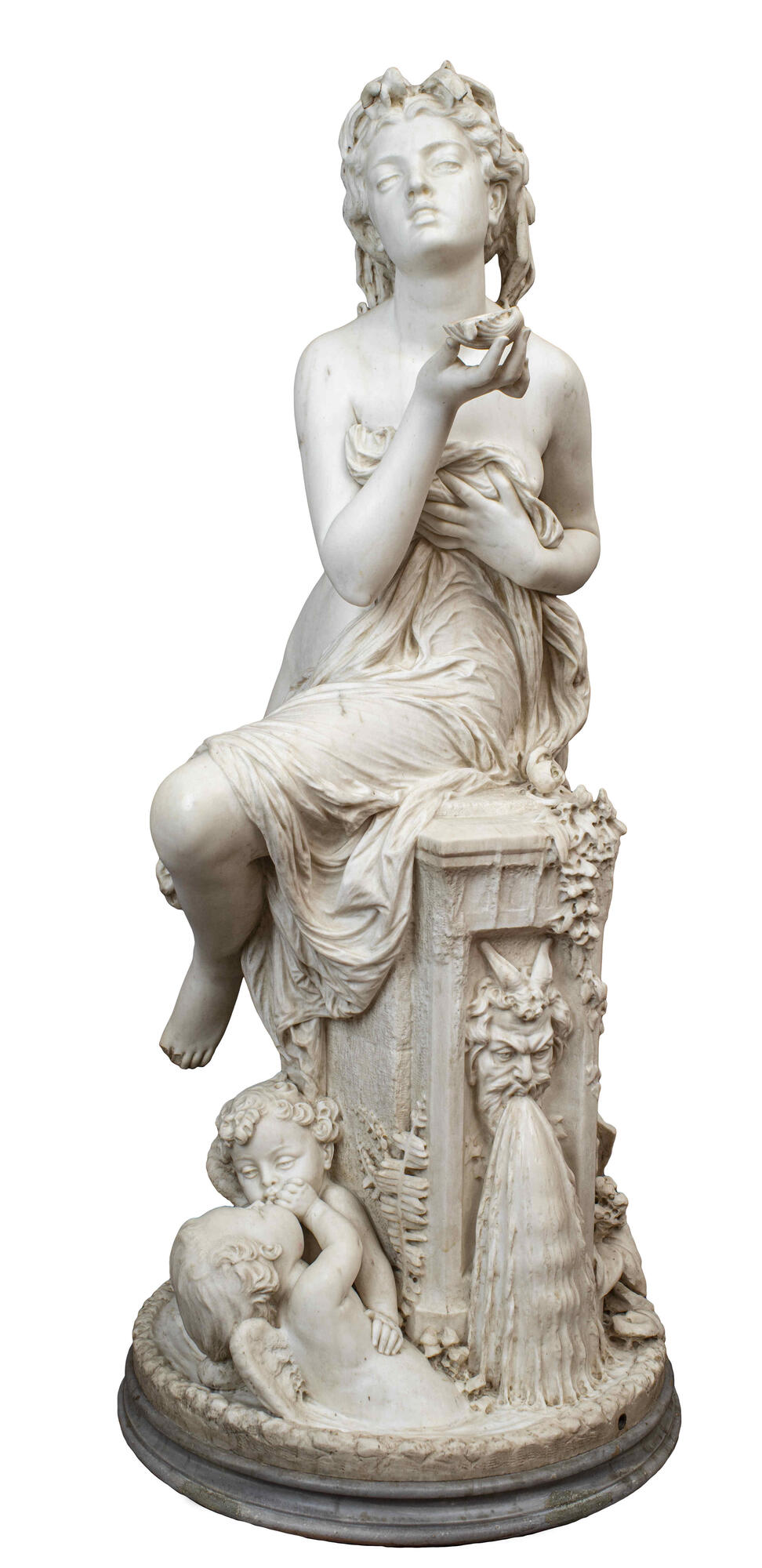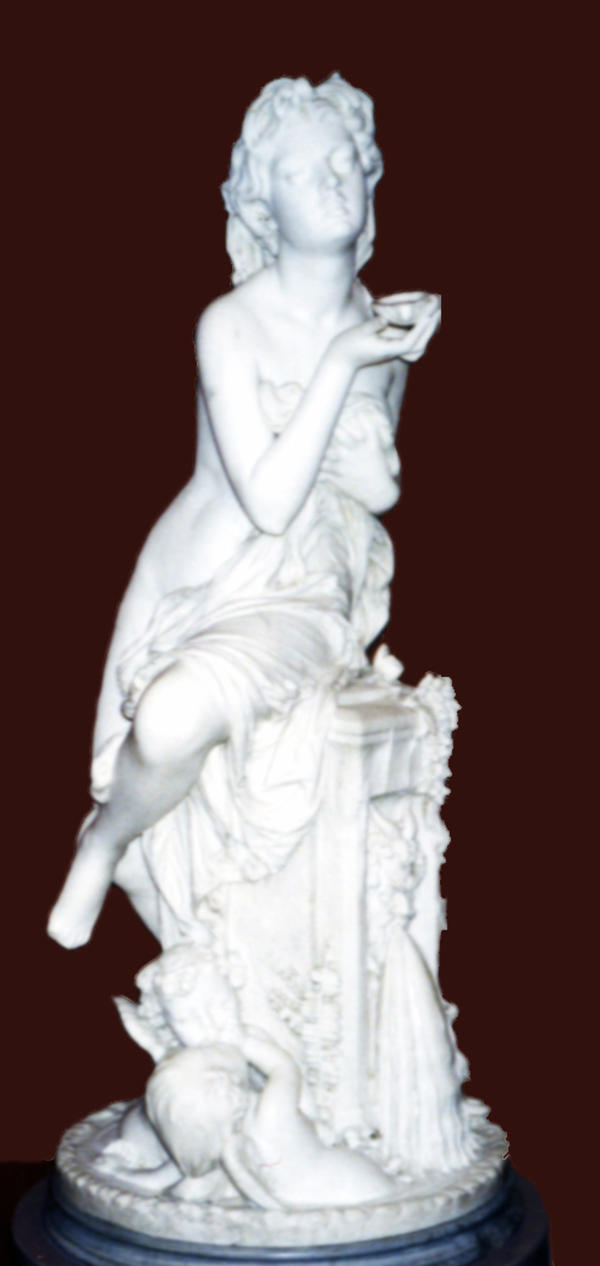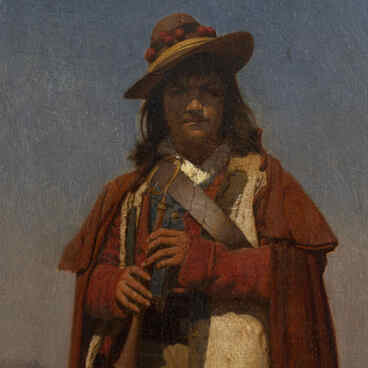The Italian sculptor Antonio Rossetti was born in Milan but studied and worked at Academy of Arts in Rome. He won international acclaim for his sculptural works and white marble pieces, executed with rich imagination. His works extol refined, graceful feminine beauty. Centuries later, Rossetti’s marble pieces are still highly valued at auctions and remain the crown jewels of museum collections.
As an apprentice sculptor, the young Rossetti initially did odd jobs. He was assigned to prepare blocks of stone to be used in the point transfer technique, where smaller plaster or bronze models were transferred by sketching onto a block of marble. Next, the sculptor’s assistant cut off unnecessary pieces from the general contour of the future sculpture. After that the sculptor himself carved the silhouettes of the figures from the stone block painstakingly and carefully with all the details, nuances, lines, folds and scrolls.
Italian masters who created stone masterpieces preferred Carrara marble, which is quarried in the Apuan Alps in the Carrara territory. It was considered one of the most expensive rocks. The sugar-like structure of Carrara marble let the light through to the depth of up to 4 cm, which gave the figures extra brilliance.
Years of arduous study made Rossetti a professional sculptor, as evidenced by the work “Love Spring” on display. This wonderfully detailed maiden figure is part of a fountain composition. It represents a nude goddess Venus, holding up a cloth that is about to slip down her marble body. The delicate folds of the garment were meant to echo the jets of water gushing from the spring. On a pedestal at the feet of the goddess was a mascaron, a sculptural ornament in the form of a human or animal head in full-face. In this sculpture it is a satyr, with marble streams pouring out of his mouth. At the bottom, as if surfacing from the water of the pool, are frolicking putti, winged infants. Such allegorical figures of the goddess were very common in the decoration of fountains in the 19th century, since Venus, or Aphrodite, born from the sea foam, was closely associated with water.
As an apprentice sculptor, the young Rossetti initially did odd jobs. He was assigned to prepare blocks of stone to be used in the point transfer technique, where smaller plaster or bronze models were transferred by sketching onto a block of marble. Next, the sculptor’s assistant cut off unnecessary pieces from the general contour of the future sculpture. After that the sculptor himself carved the silhouettes of the figures from the stone block painstakingly and carefully with all the details, nuances, lines, folds and scrolls.
Italian masters who created stone masterpieces preferred Carrara marble, which is quarried in the Apuan Alps in the Carrara territory. It was considered one of the most expensive rocks. The sugar-like structure of Carrara marble let the light through to the depth of up to 4 cm, which gave the figures extra brilliance.
Years of arduous study made Rossetti a professional sculptor, as evidenced by the work “Love Spring” on display. This wonderfully detailed maiden figure is part of a fountain composition. It represents a nude goddess Venus, holding up a cloth that is about to slip down her marble body. The delicate folds of the garment were meant to echo the jets of water gushing from the spring. On a pedestal at the feet of the goddess was a mascaron, a sculptural ornament in the form of a human or animal head in full-face. In this sculpture it is a satyr, with marble streams pouring out of his mouth. At the bottom, as if surfacing from the water of the pool, are frolicking putti, winged infants. Such allegorical figures of the goddess were very common in the decoration of fountains in the 19th century, since Venus, or Aphrodite, born from the sea foam, was closely associated with water.



